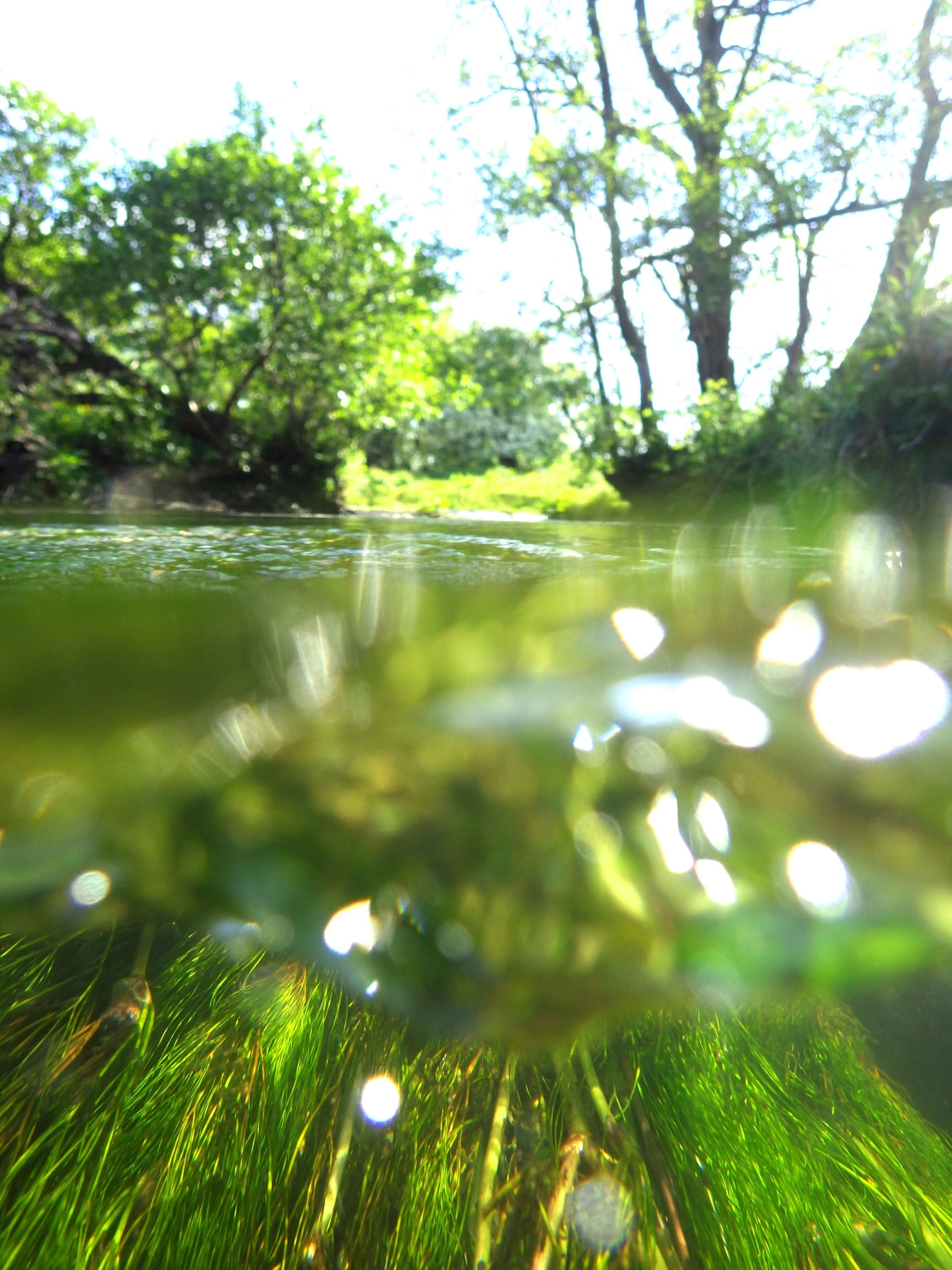
 Underpinning much of our farm work is the EU’s Water Framework Directive (WFD).
Underpinning much of our farm work is the EU’s Water Framework Directive (WFD).
This created a classification system for streams and rivers, taking account of a broad range of parameters including fish, invertebrates and plant life as well as phosphate, nitrate and dissolved oxygen levels. The status of each parameter is combined to give an overall health classification which can range from Bad, Poor, Moderate, Good to High.
According to the WFD, the minimum condition a healthy watercourse should be is Good. If it is not, the Government runs the risk of being fined. However, in 2015, 73% of the Wye catchment was only achieving Moderate, Poor or Bad status. Meanwhile, in the Usk 68% of the waterbodies did not achieve Good status.
This gives a clear picture of the wide scale issues in our catchments. The most common causes of failure include elevated phosphate levels, poor aquatic plant life and lower than expected numbers or diversity of fish species. In addition to the Water Framework Directive, several of our rivers must meet tighter standards under the Habitats Directive due to their Special Area of Conservation (SAC) status.
Share this page
The Wye and Usk Foundation
The Right Bank, The Square
Talgarth
Brecon
LD3 0BW
The Wye & Usk Foundation is a charity registered in England and Wales (no. 1080319).